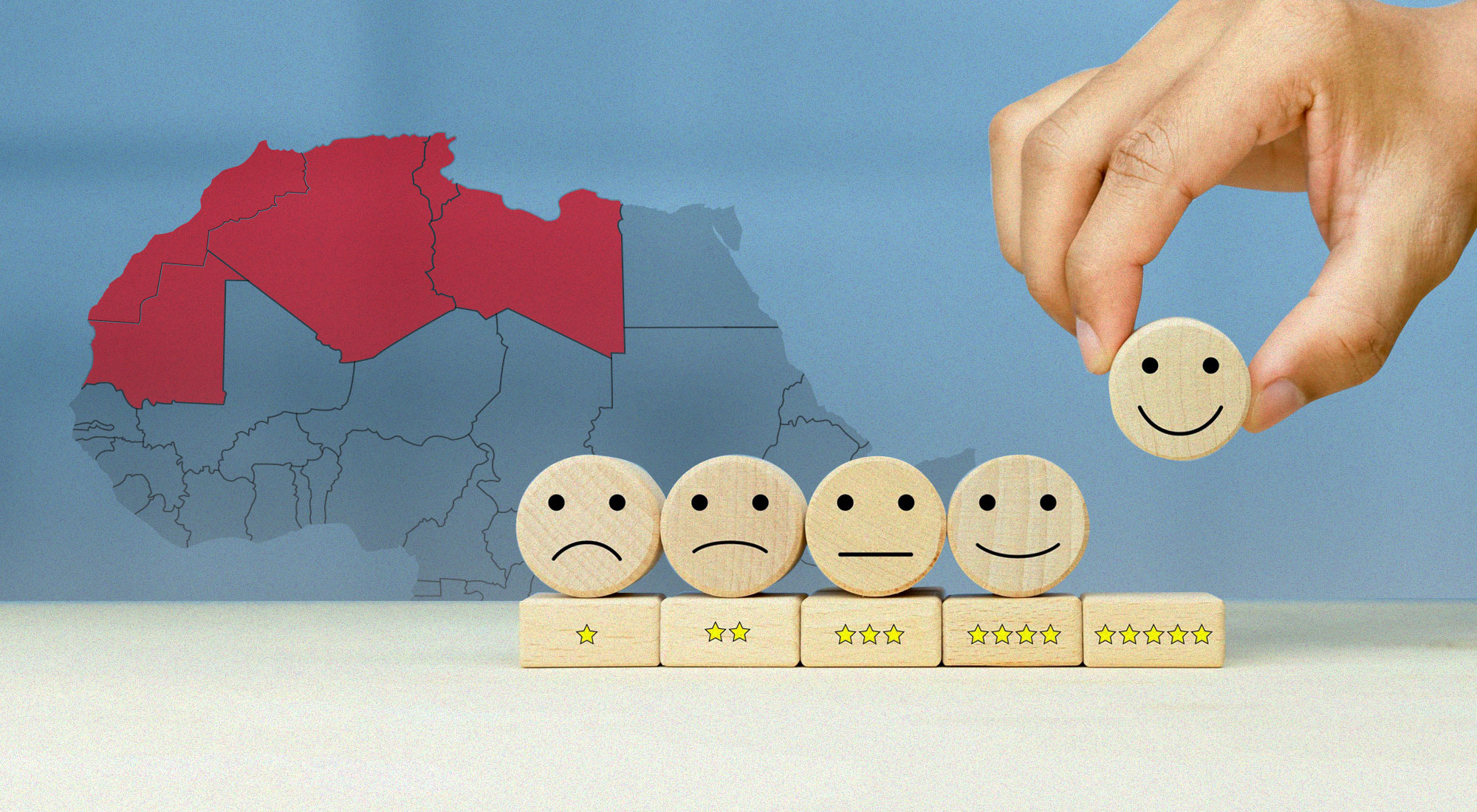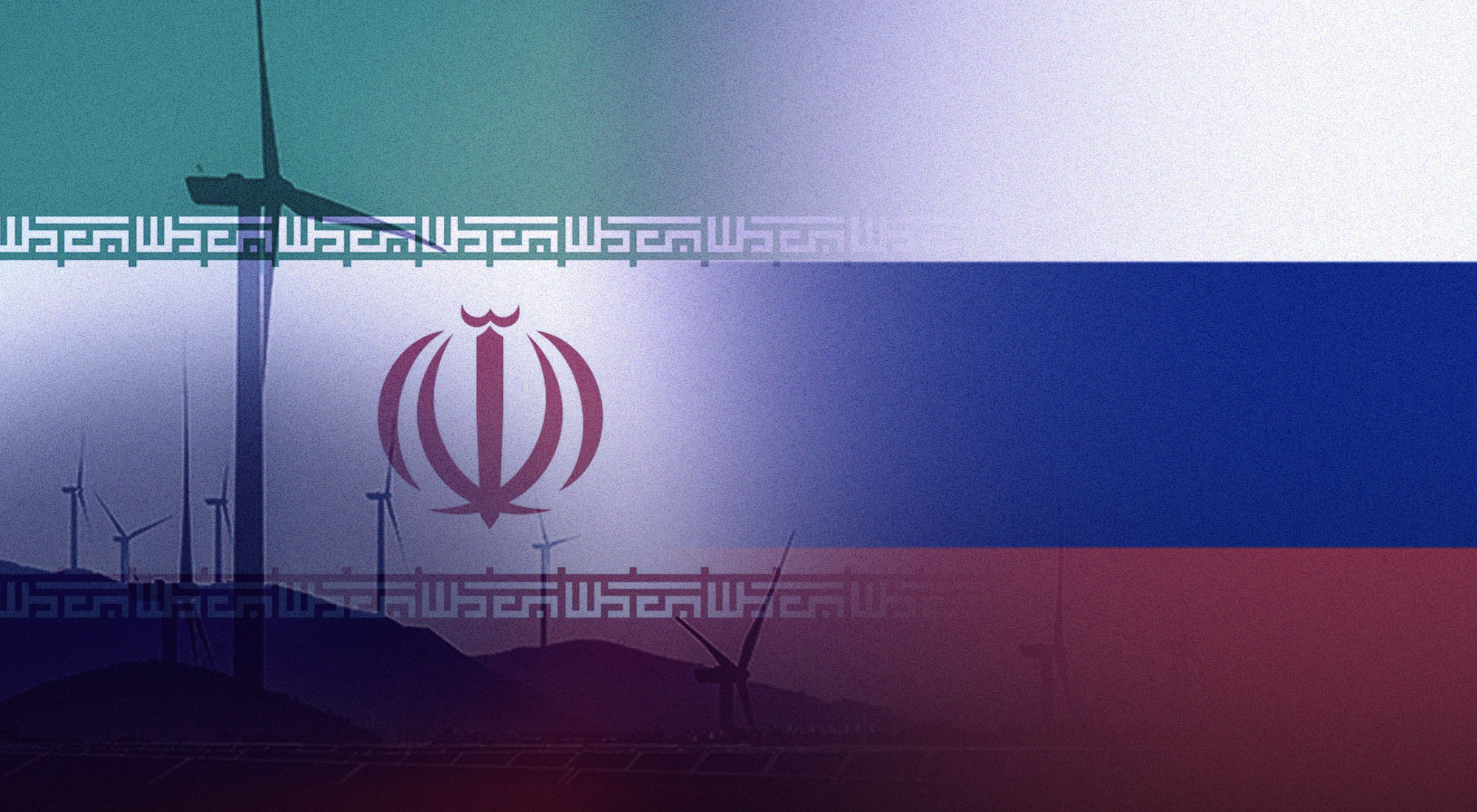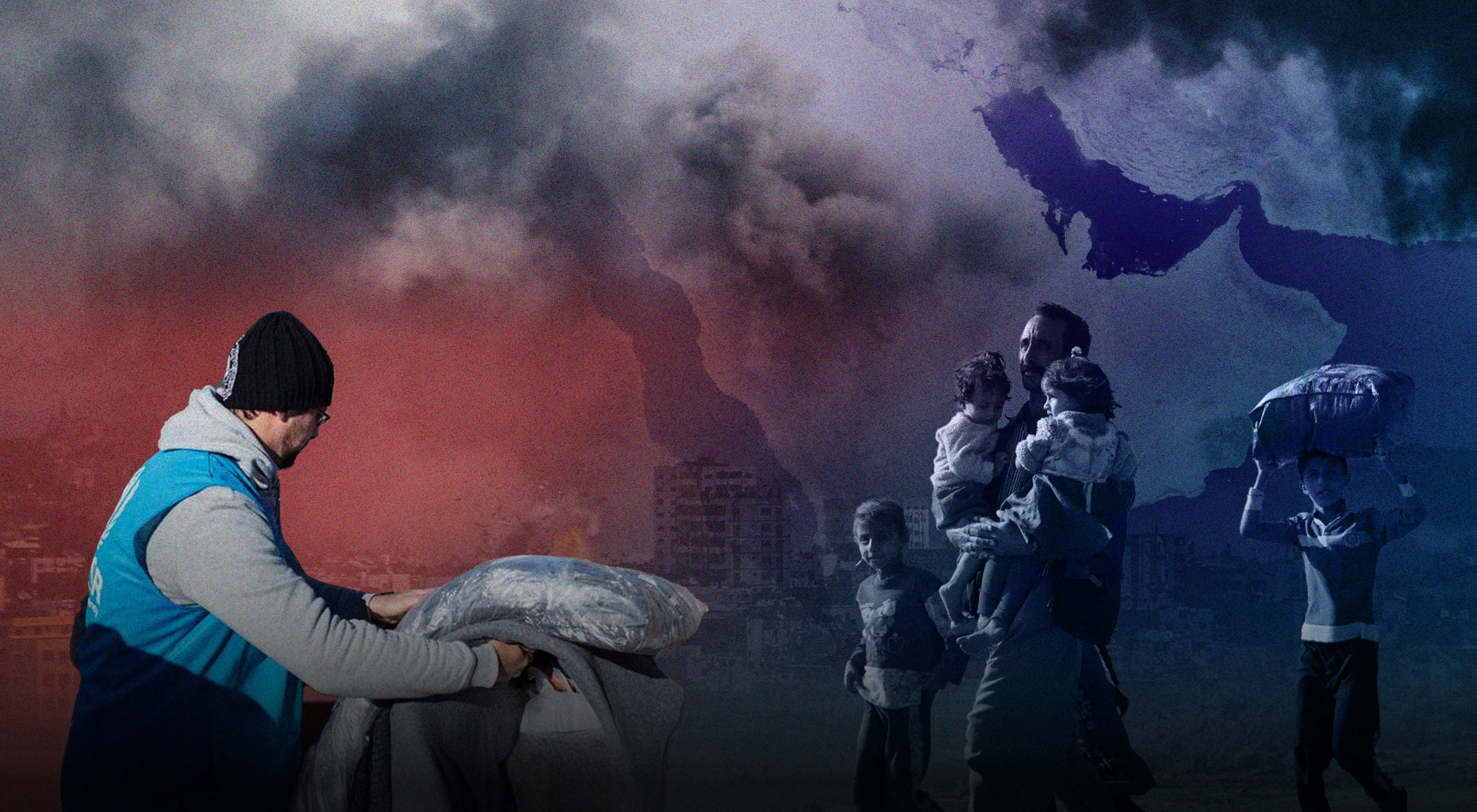The following remarks were delivered by Ambassador Lincoln Bloomfield, Jr., a former U.S. State and Defense Department official and a member of the advisory board of Trends Research & Advisory, UAE, at an international conference on the “Mullahs‘ Regime in Crisis: Explosive Situation at Home & Meddling in Other Countries”, held at the Bourse in Paris, France on 16 December 2017. Ambassador Bloomfield’s views are his own.
Over the last several years, I have met many of the wonderful Iranians who are dedicating their lives to support freedom from repression in Iran. Their personal stories reveal the truth about the small circle of men who have held power in Tehran for 38 years, and about the brave men and women of the National Council of Resistance of Iran, most of whom have paid dearly and sacrificed much for their political convictions and love of country.
It has not been easy for me, or other Americans, to gain a true understanding of the resistance. For many years, my government designated the National Council of Resistance of Iran, and the Mujahedin-e Khalq, as a terrorist organization. Many so-called experts on Iranian affairs in Washington believed that the resistance was a secretive group of extremists with a dangerous ideology, a group that brainwashes its members and holds them captive against their will.
Some in America still believe this, even though all of the terrorism designations were overturned after extensive review by courts in the European Union, France, United States and the United Kingdom. Many media outlets in America still repeat discredited allegations because they have not yet heard the US government clearly set the historical record straight. Perhaps it will in 2018.
Iran is not the only country trapped under repressive authoritarian rule. But there is one thing that Iran’s ruling clerics do more effectively than any other dictatorship – they twist the truth and create a false reality, for their own people and for the rest of the world. If we don’t take the time and effort to examine Iran very closely, we will be vulnerable to their deceptions.
For a long time, I believed that Ayatollah Khomeini was the key figure who brought down the Shah. Now I realize that for fourteen years before the Shah fell, intellectuals and students, notably including the Mujahedin-e Khalq, were channeling their efforts to end repression and corruption and allow their fellow citizens to exercise popular sovereignty. By the time the shah’s regime fell, many sectors of Iranian society wanted a change. It was their revolution.
As for the clerics, who today lecture Americans about our historic guilt in staging the 1953 coup that deposed Mohammed Mossadeq, they never mention that they applauded the coup and supported the shah’s return to power. Ayatollah Khashani called for Mossadeq to face the death penalty.
We all remember the images of Khomeini being given a hero’s welcome as he returned to Iran from exile. Now we know the true history, that after returning to Iran, Khomeini set about to undermine the government’s institutions and impose his own constitution. But the people had waited a long time for political freedom, and they resisted Khomeini’s claim of political power derived from supreme religious authority — a more tyrannical threat than the regime he replaced. In June of 1981 the people defied Khomeini and took to the streets of Iran’s cities en masse. The clerics were on the verge of being rejected by the very same popular uprising that had ended the shah’s reign.
What happened next — on June 21,1981 — was no less significant historically than the 1953 coup. Having lost their popular mandate, Ayatollah Khomeini’s forces brought out their guns and shot their way to power. From that day on, lacking any political legitimacy, they imposed a “reign of terror” on the Iranian people.
Thirty-eight years have passed, and the religious dictators in Tehran have committed one offense after another against their own citizens and against the rest of the world. No government has supported more acts of terrorism or staged more assassinations on foreign soil. No sovereign state has violated more universal norms and international laws, than this regime. The rest of the world has tolerated this serial wrongdoing, decade after decade, in part because the regime presented a false reality to cover their crimes and corruption.
For years I thought that the Iran-Iraq war lasted nearly a decade after 1980 because neither country would back down. Now we know that within two years Iran had recovered its territory and Saddam Hussein had sued for peace. Why did so many Iranians need to die and so much national wealth have to be expended for six additional years? Because Ayatollah Khomeini was fighting a war for survival at home, against his own citizens, consolidating control and jailing political opponents under a state of emergency.
As the conflict became unsustainable, Khomeini and his lieutenants executed 30,000 political prisoners in the summer and fall of 1988, a crime against humanity of historic scale that must now be formally investigated by the UN the US and others.
Many American policy experts assumed that Iran developed its nuclear enrichment program as a means of national defense and for energy security. The reality is that no foreign army was threatening Iran’s territory, and nuclear power is one of the most impractical energy options for Iran, which has only enough natural uranium deposits to run the Bushehr reactor for five years. The truth is that Khomeini’s successor as supreme leader, Ayatollah Khamenei, had unremarkable religious credentials and failed to attract followers among the Shia communities of the middle east. To project a stronger image and compensate for his lack of religious charisma, Khamenei sought a nuclear capability.
He also worried that the lower income, less-educated sector of Iranian society — supporters of president Ahmadinejad — might not remain loyal to the clerics in power; so in 2005, he handed over control of a significant sector of the economy to the revolutionary guards and military retirement foundations. It is well known that the revolutionary guards smuggle guns, explosives, heroin, and other illicit commerce, including trafficking in young women. By keeping thousands of Iran’s less educated young men busy profiting from corrupt and destabilizing activities outside the country, the clerics calculate that these men are less likely to rise up against the regime at home.
And when we ask why did Iran decide to reach out to the US and Europe to negotiate the 2015 nuclear accord, the experts in Washington wrongly assumed that economic sanctions were putting unbearable pressure on the regime.
Today we can see that Iran’s rulers are spending billions of dollars supplying and commanding proxy wars in Syria, Iraq and Yemen, while they spent nothing to rescue Iranian citizens after the November earthquake near Kermanshah. Hundreds lost their lives.
Perhaps the ultimate deception by the Tehran regime surrounds their support to the Bashar al-Assad regime in Damascus, beginning in 2011. Why did Iran send its elite IRGC and Qods force fighters to Syria, and at the same time signal Washington that they were ready to negotiate on the nuclear program?
The regime wanted us to believe that its priority was providing economic relief to 79 million Iranians. The truth is that when the popular uprising known as the Arab spring reached Syria, the ruling clerics knew — and they said this internally — that if the Assad regime fell in Damascus, the clerics could not hold on to power in Tehran. Only two years earlier, in 2009, Iran’s fraudulent election had led to mass protests — a “Persian Spring”, 28 years after Khomeini hijacked the Iranian revolution.
In the Syria conflict, over thirty high ranking Qods force and revolutionary guards have died helping the Assad regime lay waste to populated cities and towns with its barrel bombs and chemical agents. The cost of sustaining an estimated 70,000 fighters in Syria, and another 80,000 on Tehran’s payroll in Iraq, is very high. None of those funds are helping ordinary Iranian citizens.
The US Congress is asking our Treasury Department to provide an official report on the wealth held by Iran’s ruling ayatollahs, who have confiscated valuable properties for years and control about forty percent of Iran’s economy. We are about to learn that religious dictators are among the world’s richest materialists. You will not find any personal humility or sacrifice with this group. One more illusion will be dispelled.
As we look to a new year, 2018, let us vow to end the deceptions and illusions on which this wicked dictatorship has long depended for its survival. Let us hold Iran strictly to its obligations under the nuclear accord by insisting that suspected locations of secret nuclear weapons activity be reliably inspected. Let us acknowledge that elections where fewer than 2 percent of registered candidates for president are allowed to appear on the ballot are a farce, an insult to democratic ideals. Let us stop pretending that Iran’s president and foreign minister are the equivalent of western leaders; they are not. These are hand-picked regime functionaries whose job is to persuade Iran’s citizens and the outside world to refrain from blaming the supreme leader for his crimes and failures.
No longer should our governments accept any assurance from Hassan Rouhani that has not also been made by the supreme leader. And when Foreign Minister Zarif tries to instruct us about Iran’s constructive role, let us recall that Qasim Soleimani — not Zarif — controls all of the levers and resources of foreign policy for the regime. Let us contemplate the Tehran regime’s central role in the monstrous crime against the Syrian people by the Assad regime, driving ten million civilians from their homes, with a half million Syrians killed. For these acts, there must be accountability and consequences. Let us raise our voices to stop the relentless use of the death penalty with no legal due process inside Iran. The highest per capita rate of executions in the world must end. And let us all demand a full investigation and accounting for the 1988 massacre of 30,000 political prisoners, most of them members or sympathizers of the resistance.
Top figures of this regime are personally culpable for notorious acts of murder, aggression and terrorism. Let 2018 be the year that their dossiers are finally exposed and justice pursued, from Beirut to Berlin to Buenos Aires. And let us investigate and expose the regime’s well-disguised agents of influence and front organizations in western capitals.
When we finally unmask the deceptions, and clear the fog, propaganda and lies, we will see a weak, illegitimate, corrupt, hypocritical, and desperate regime, bleeding cash to impede the popular will in Syria and Iraq, tainting the reputation of a proud Persian civilization, and deepening the country’s international isolation while continuing to suppress the inalienable rights of their own people. Nothing that they do promises a better future for the people of Iran. Their external meddling intrudes on the sovereignty and stability of neighbors, and sustains criminal trafficking networks.
Their religious credo of “velayat e faqih” has no humanitarian purpose or future destination: it does not lead to a better country, a better world, or a better life for Iranians. It is simply a formula for wielding power and hegemony, enabled by the stolen property and forced labor of others.
The truth will empower Iran’s citizens, who have suffered too much for too long. The truth will reveal the regime’s deep vulnerabilities. The truth will show that the national council of resistance and its foundational base, the People’s Mojahedin of Iran, has stood against injustice, oppression, corruption and international aggression for half a century, and today has more support and prestige around the world — and yes, inside Iran — than any other organized resistance group.
The truth will make clear that the time has come for justice, relief, and at long last, freedom for the great people of Iran. For their sake, and ours, let us all stand for a free Iran and make 2018, truly, a happy new year.








